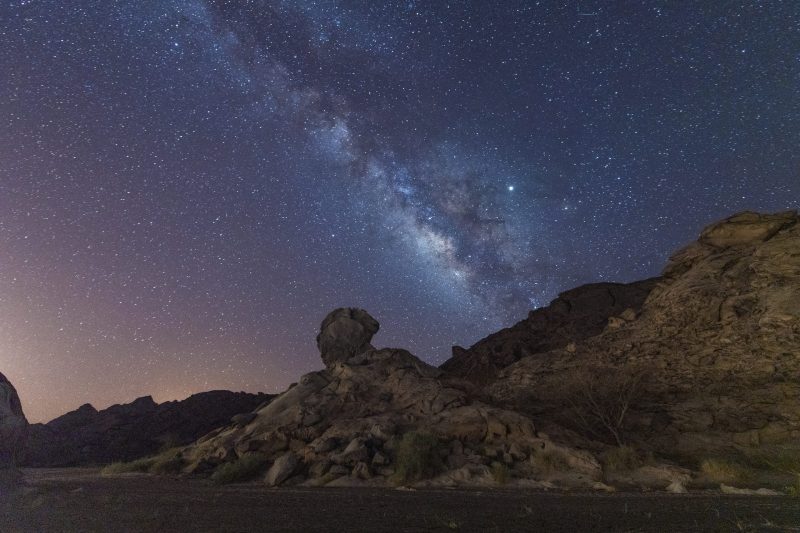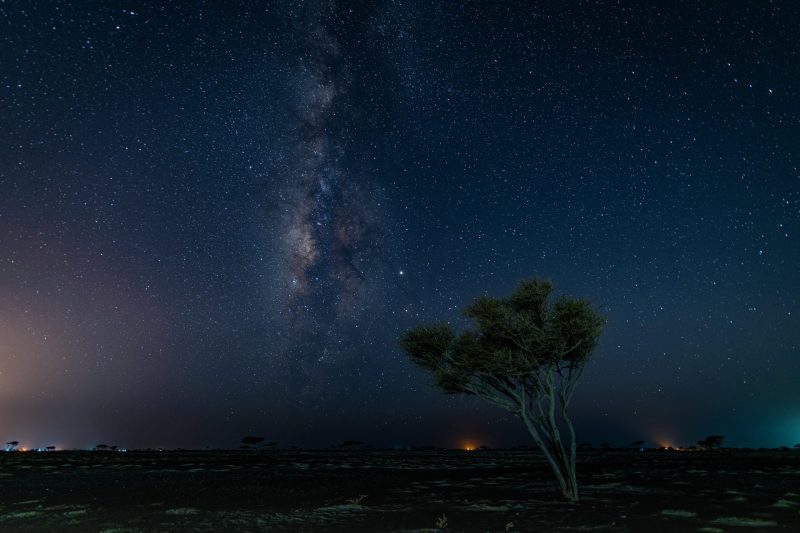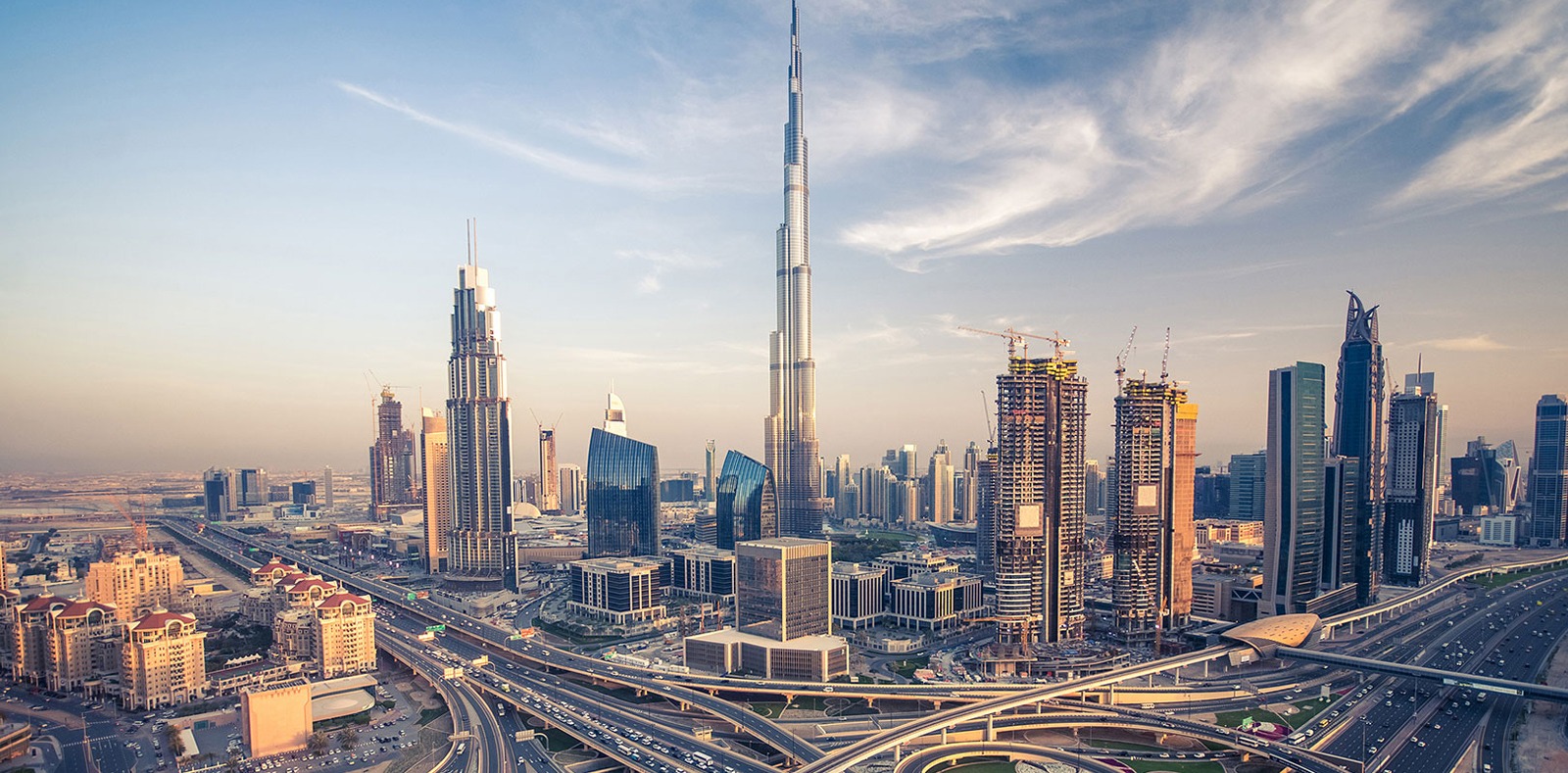When Keeping Visitors in the Dark is a Good Thing
Tourism

May 20, 2020, 7:28 am
By John Pagano, CEO of The Red Sea Development Company
Man’s relationship with the stars spans thousands of years and plays a key role in diverse cultures around the world. Since time immemorial, travellers have observed patterns in the heavens and used them to navigate their paths. On the Arabian peninsula, the stars were used by sailors, nomadic tribes, merchant caravans, and pilgrims to guide their journeys. And even as they followed the stars, they marvelled at the beauty of the night sky and commemorated it in mythical poetry, songs, and stories.
Today it’s nearly impossible in cities around much of the world to see a clear starry night sky. The Milky Way is no longer fully visible to around one-third of the global population due to manmade light pollution. And while we no longer need the stars to navigate, we are nonetheless bereft of one of the most magnificent and humbling experiences that the natural world has to offer. When we can no longer see the night sky, we lose important connections with our past.
Unfortunately, light pollution has environmental impacts that go far beyond its effect on human cultures. Worldwide, around 30% of vertebrates and more than 60% of invertebrates follow a nocturnal way of life, including an estimated 70% of mammal species. These species are supremely adapted to hunt or to avoid being hunted at night. They have evolved heightened senses and distinctive physical traits, such as large, reflective eyes and muted colouring to aid their survival. And the natural rhythms of their life cycles are also dictated to a large extent by ambient light levels.

Dark Skies photograph by Nicolas Maniero
The impact of light pollution on these species is enormous. Almost everyone has seen how nocturnal insects are attracted to bright lights. While the exact reason for this behaviour is not yet known, a dominant idea is that the light somehow interferes with the insects’ ability to navigate.
However, light pollution has many more environmental effects that are less easy to observe from your front porch. Artificial light at night can inhibit breeding patterns and mating seasons by altering hormone levels. It can disrupt feeding patterns by desynchronising lifecycles between food sources and the species that depend on them. It can increase the risk of predation or decrease the success of hunting behaviour for animals adapted to an environment with specific light levels. And the list goes on.
Light pollution has been a factor in one form or another since human beings first tamed fire. The exponential growth of the global human population and the technological advances in artificial light have exacerbated the issue to an extraordinary degree. However, development and light pollution don’t necessarily have to go hand-in-hand. And it is the tourism industry that has the opportunity to ‘unlight’ the path forward.
At The Red Sea Project on Saudi Arabia’s west coast, we are incorporating preservation of our spectacular night sky into our planning from the outset. We are developing a lighting management plan that will provide sufficient light to enable people to move safely around the destination while at the same time ensuring that we have minimal impact on the night sky and natural world.
We have set as a benchmark the stringent International Dark Sky Association criteria. This set of standards was established as part of the International Dark Sky Places Program, an initiative founded in 2001 to encourage the preservation and protection of the world’s dark sky sites through responsible lighting polices and public education.
Our objective is to become the first fullscale destination in the Middle East to achieve Dark Sky Reserve status, joining more than 100 locations around the world that are taking measures to reduce light pollution and preserve the night sky.
“Tourism development and environmental enhancement do not have to be mutually exclusive.”
This is not something that we undertake lightly. The complexity of lighting a destination that extends over several thousand square kilometres, including 22 islands and six inland locations, as well as the associated infrastructure, is extraordinary. However, we recognise that the night skies over the lagoon, the deserts, and the mountains of The Red Sea are a significant tourism attraction in their own right.
Protecting the nocturnal environment will allow us to offer our guests uniquely memorable experiences. The destination offers prominent views of constellations and planets that are typically lost to view for the majority of the world’s population. Connecting to the night sky will connect visitors with this region’s history. And, by offering visitors the opportunity to experience the starscape in all its wonder, we can simultaneously protect the turtles, dugongs, dolphins, Arabian wolves, and other species that rely, to a greater or lesser extent, on the cover of darkness.
Tourism development and environmental enhancement do not have to be mutually exclusive. On the contrary, by taking steps to enhance the natural environment as a part of the development of our tourism destination, we are essentially ensuring its long-term commercial success. The beauty and diversity of the area’s unique wildlife, both on land and in the sea, are a significant reason for people to want to visit our destination. Every measure we take to enhance the environment is a measure we take to ensure that the destination will continue to attract discerning travellers well into the future.
Our destination sits amongst some of the world’s most stunning, biologically-diverse natural environments, and protecting those environments is a responsibility we take seriously. It is why sustainable development is at the heart of every decision we make. By taking a holistic approach to sustainability, including protecting the night sky, we can ensure that we deliver a true constellation of experiences to our visitors for decades and generations to come.










